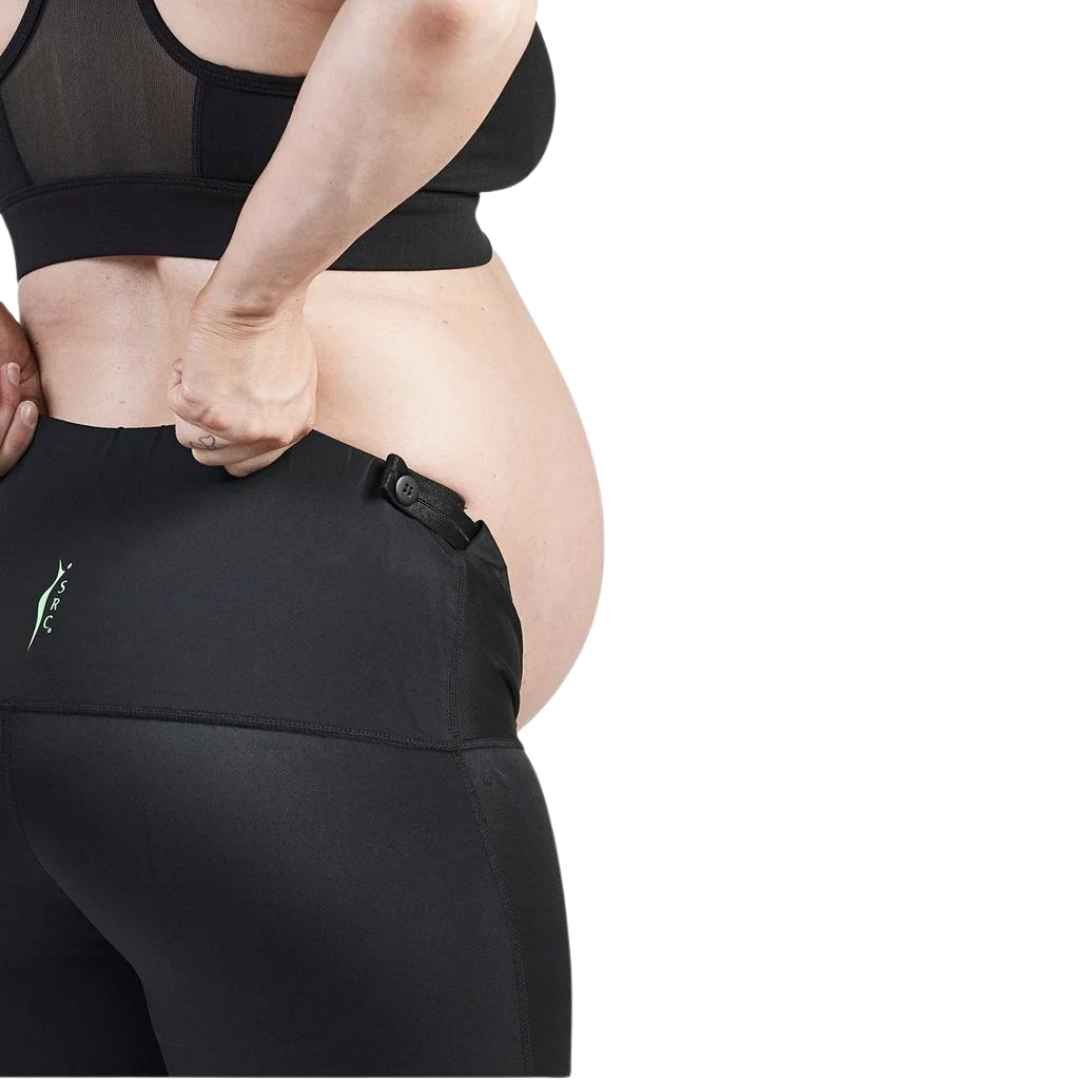Find relief from Pelvic Girdle Pain during pregnancy
Pelvic girdle pain is a common condition that affects individuals across various stages of life, from pregnancy to postpartum and beyond. Characterised by sharp, localised or diffused pain with movement in the pelvic region, pelvic girdle pain can be debilitating if left untreated. At Papaya Clinic, we’re here to help women with pelvic pain, offering expert care and support to address a range of pelvic health issues – including pelvic girdle pain.
What you should know about pelvic girdle pain
Pelvic girdle pain occurs between the top of the hip bones (the iliac crests) and the bottom of the buttocks (the gluteal fold). It can also manifest around the sacroiliac joints and radiate down the back of the thigh. Pelvic girdle pain may also be felt in the pubic symphysis, which is the area between the left and right pelvic bones. The pain often worsens with movement, such as walking, climbing stairs or changing positions, and may be exacerbated by activities that put pressure on the pelvis – like standing for long periods or lifting heavy objects.
-
Pelvic girdle pain is very common during pregnancy, particularly in the second and third trimesters. Hormonal changes and mechanical stress on the pelvic joints and ligaments as the baby grows often result in pelvic girdle pain. Pelvic girdle pain is also more likely to impact individuals who experience anxiety, depression or heightened stress levels.
-
Pelvic floor pain and pelvic girdle pain are related conditions, but they affect different areas and have different causes. Unlike pelvic girdle pain, pelvic floor pain refers to discomfort or pain in the muscles, ligaments and connective tissues that support the pelvic organs. Pelvic floor pain can be caused by muscle tension, injury, childbirth or pelvic floor dysfunction, whereas pelvic girdle pain often occurs during pregnancy.
-
Pelvic girdle pain can significantly impact daily activities and quality of life, making ordinarily simple tasks such as standing, walking, and sitting uncomfortable or painful. It can also affect sleep, mood, and overall wellbeing.
For all Pregnancy and Postpartum patients, please check out our Embrace Guidelines- Papaya’s signature care approach for mothers from 1st trimester till 6 months postpartum.

We take a comprehensive and personalised approach to your care, and will collaborate with our naturopaths if appropriate for your condition.
How to treat pelvic girdle pain
Reducing pelvic girdle pain, improving stability and addressing contributing factors involves a multifaceted approach by an experienced pelvic physiotherapist. Our qualified team can help you overcome your pelvic girdle pain using a combination of treatments tailored to you:
Pelvic health physiotherapy
Pelvic physiotherapy, also known as pelvic floor physiotherapy, is often the cornerstone of pelvic floor pain treatment. As experts across a range of aspects of pelvic health, our Sydney pelvic floor physiotherapists can assess your symptoms and determine how best to mitigate them.
Manual therapy
Hands-on techniques such as massage, taping and using pregnancy-specific compression garments, conducted by an experienced professional pelvic health physio, can help alleviate muscle tension, improve joint mobility and reduce pain in the pelvic region.
Sacroiliac compression belts
Utilising supportive devices such as sacroiliac compression belts or braces can help stabilise the pelvis and reduce pain during weight-bearing activities.
Education & self-management
Patients with pelvic girdle pain often benefit from education about their condition and self-management strategies to minimise symptoms and prevent them from worsening. This may include ergonomic advice, posture correction and recommendations for safe movement patterns, as well as guidance on managing the increased physical load as you move through your pregnancy.
Exercise therapy
A tailored exercise program focusing on strengthening the core, stabilising the pelvis and strengthening hip muscles – such as our clinical pregnancy pilates classes in Sydney – can improve pelvic biomechanics and alleviate pain.
Let us help treat your pelvic girdle pain in Sydney
With a pelvic health physiotherapist by your side, you’ll be well on your way to managing your pelvic girdle pain – particularly as your baby continues to grow – and minimising its impact on your pregnancy. Get in touch with our friendly team today for an initial consultation with a Sydney pelvic health physiotherapist, conveniently located in Newtown. Let us help you create a comprehensive treatment plan and put your pelvic girdle pain in the past by booking an appointment below.
Book an appointment
For all new patients, please book an Initial Appointment with one of our practitioners so we can start creating a healthcare treatment plan to help you kickstart your health journey.
Any questions, please see our FAQ page!








